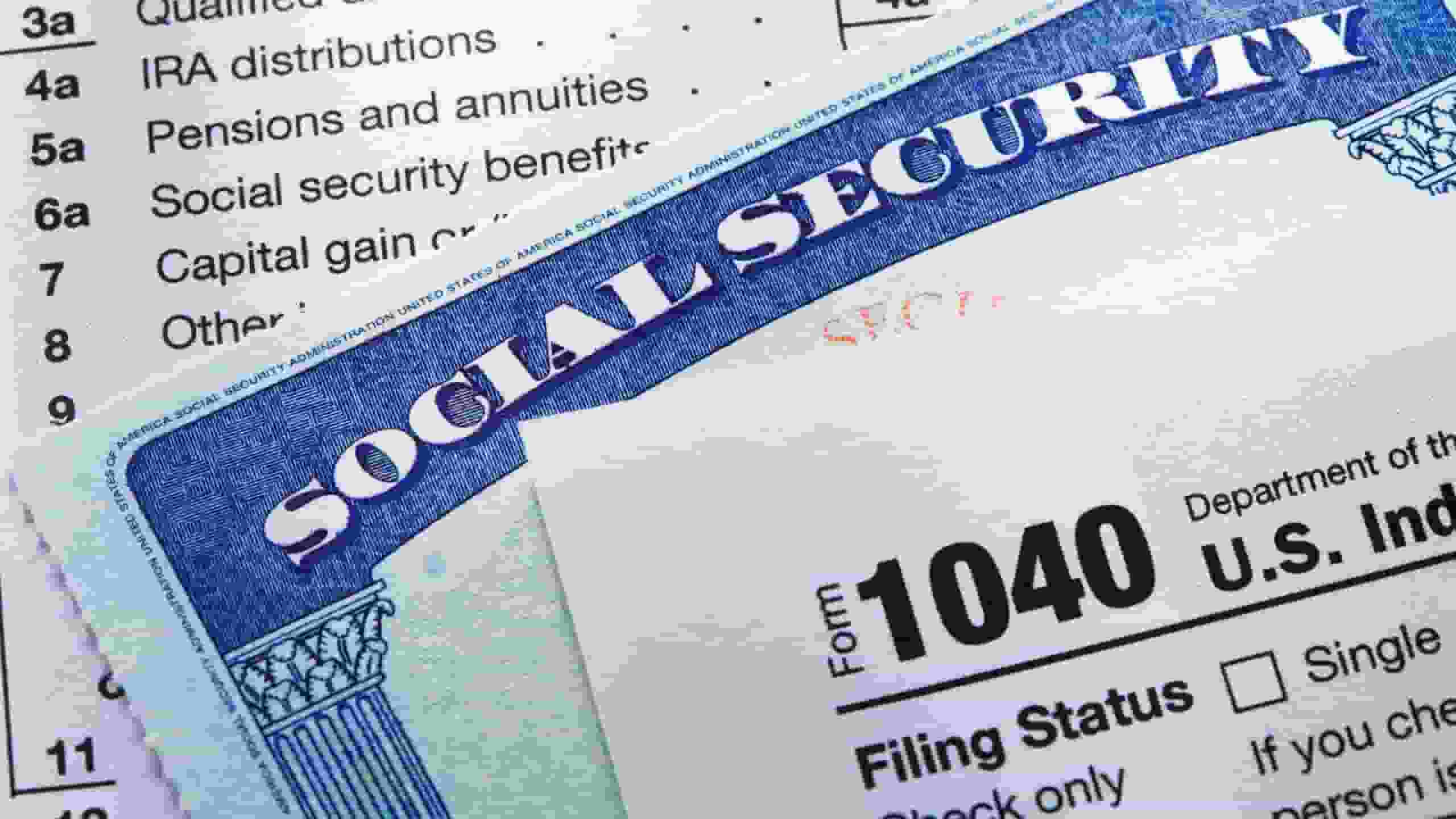Benefits from Social Security were originally tax-free. That changed in 1983 when Congress made the decision to tax a portion of the benefits received by those with the highest incomes.

Social Security benefits were initially tax-free. When Congress decided to tax a portion of the benefits obtained by people with the highest earnings, this changed in 1983. (Photo: CNBC)
Lawmakers did not amend the statute to take inflation into account
In a report from CBS News, less than 10% of beneficiaries were impacted at the time. According to Ted Sarenski, author of the American Institute of CPA’s “Guide to Social Security Planning,” lawmakers did not amend the statute to take inflation into account, therefore today’s majority of Social Security recipients must pay federal income tax on at least a portion of their benefits.
However, there are some ways to lessen that tax burden, particularly if you can prepare ahead, such as: Americans’ attempts to save for retirement are being ruined by inflation; Social Security’s 2023 COLA was 8.7%. In 2024, it might be more restrictive, and your ex might increase your Social Security benefits.
How Social Security taxes are calculated
Your adjusted gross income, which includes your earnings, investment income, retirement plan withdrawals, and other taxable income; Any nontaxable interest you receive, such as interest on municipal bonds; One-half of your Social Security benefits; Social Security taxes are based on your annual “combined income.”
Up to 50% of benefits may be subject to taxation for couples filing a joint return with a combined income between $32,000 and $44,000. Up to 85% of benefits may be subject to taxation for higher combined incomes. When their total income is between $25,000 and $34,000, single filers may be required to pay tax on up to 50% of benefits and up to 85% of benefits above that.
According to Sarenski, those who rely only on Social Security are exempt from paying income taxes on their benefits. However, benefits may become taxable if there is even a negligible amount of additional income.
READ ALSO: Frozen Tax Thresholds Mean Pensioners On Low Incomes Are Likely To Have To Pay Taxes
Think of other distribution-reducing strategies
According to Sarenski, if you’ve been a wise saver, RMDs may cause you to enter a higher tax band and result in increased Social Security taxes.
According to Sarenski, it may make sense to use your retirement money before you are required to, as well as to convert to a Roth. A conversion involves moving funds from a pretax retirement account, such as an IRA or 401(k), to a Roth IRA. Taxes are normally paid on conversions, but not on withdrawals made during retirement.
Once more, think about seeing a tax expert or financial advisor beforehand. Too much withdrawal from retirement savings might result in unforeseen taxes, higher Medicare or Affordable Care Act premiums, and other negative financial effects, such as premature financial exhaustion. Planning ahead is necessary to avoid those hazards, according to Sarenski, article from Globe Business Academy.
READ ALSO: Pennsylvania Property Tax/Rent Rebate Increased By Governor Shapiro: See Who Qualifies!




![Tyson Foods Plant [Photo: Food Manufacturing]](https://southarkansassun.com/wp-content/uploads/2023/08/iStock_1185520857__1_.5e441daa51cca-600x337.jpg)







![Silverado Senior Living Management Inc. [Photo: Los Angeles Times]](https://southarkansassun.com/wp-content/uploads/2023/10/download-6-4-600x337.jpg)

![China's Wuhan Institute of Virology [Photo: Nature]](https://southarkansassun.com/wp-content/uploads/2023/09/d41586-021-01529-3_19239608-600x337.jpg)
















